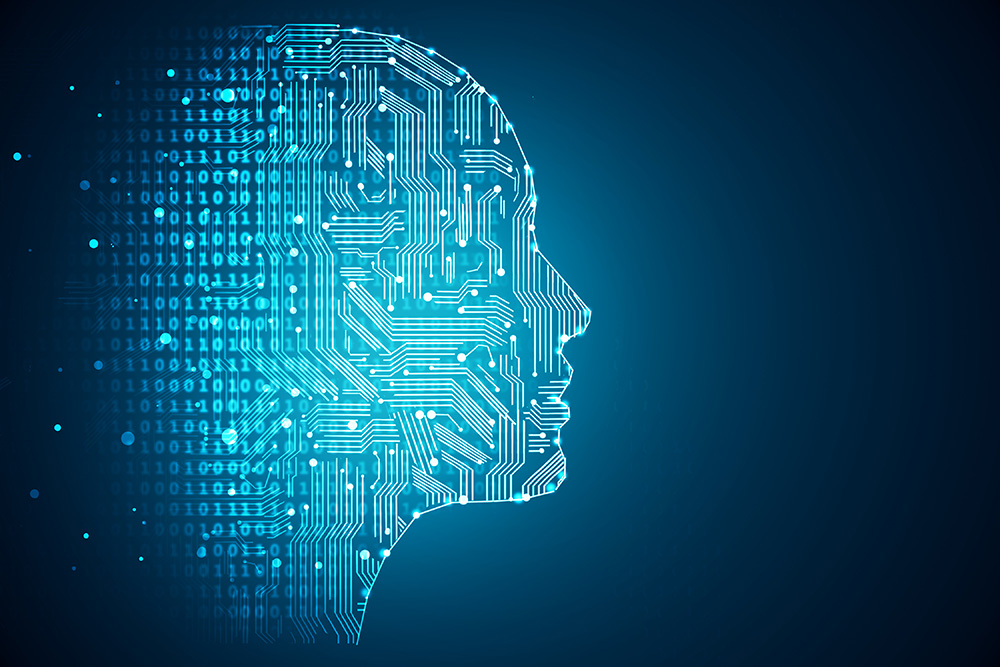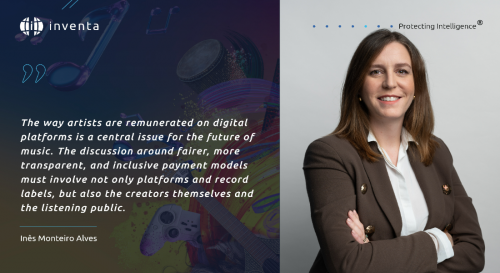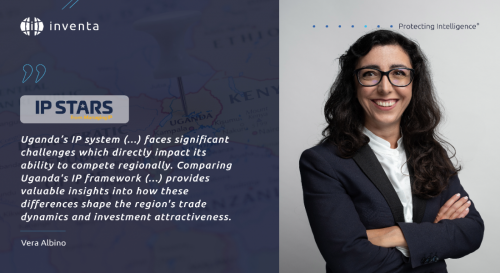
The Copyright and Artificial Intelligence dilemma: Drafts and queries.
Artificial Intelligence (AI) has already opened the door to our reality and we have not even realized it. Think again who believes that a world endowed with technological autonomy without constant human aid is a utopia or a subject of bygone centuries. Far from it; we face and live in a century where the great questions of our society need further guidance. The panorama, however, is fuzzy and not clear, largely due to governments and the capitalists interests, who choose to analyse production statistics and the values involved rather than debate the ethical and sociological issues implied on a reality in expansion.
Artificial Intelligence is expected to replace the majority of the jobs that currently exist and so, in that sense, we need to review their boundaries and paths before it is too late to renew our society without calamities. Intellectual Property, for better or for worse, is at the heart of the debate together with the ethical concerns of machines personification. AI is already helping the Institutes, and there are some platforms, whose aim is to replace them by coherent and safe technology. Professions are expected to be succeeded by intelligent machines, like the IBM supercomputer Watson, which was capable to produce a trailer based on 100 films allowing it to perceive and distinguish emotions, such as suspense, sadness, drama. It was possible to carry the knowledge to produce itself a trailer after analysing the movie "Morgan." Companies and professionals of this working area will face a high competitor who will certainly present a trailer in fewer hours. Nonetheless, I believe that artistic careers will endure due to the demanding and diversity of the public, who despite having access to technology, will appreciate human touch, though it becomes increasingly rare.
It is also important to analyze the legal framework of Intellectual Property, roughly harmonized all over the world. It is necessary to reevaluate it when we think in the struggle to patent software or when we realize the absence of protection concerning inventions and works created by non-humans.
Works generated by computers
The doctrine usually distinguishes three types of situations when creating a work using a Computer:
1- Works produced with the aid of a Computer;
2- Mixed works;
3- Works produced by a Computer.
The first situation does not vary from the classical use of a block and a pen. In this scenario, a word processor program does not create a work without the inputs of the user, which are the same whether using a piece of paper, a board or a program. On the other hand, mixed works are common and they are present in cases where a contribution of the program does exist, though it has no autonomy in its execution. The last category is triggered when the computer itself is able to create a work with a simple button. It is possible to subdivide this category into two, namely, events with predetermined situations and the computer chooses one of the alternatives and events, where the developer did not define the situations and so it is not possible to be certain of the outcome.
Works generated by AI and its Authors
Works generated by AI will tendency fall into the last category discussed in the previous topic. Nonetheless, and before proceeding with this critical analysis, it is necessary to bear in mind that the dominant position in copyright is the one that regards the author as a human being who prints an original and creative expression. In the case of machines equipped with artificial intelligence that create some type of work comparable to works created by humans, it raises the problem of who should be considered the author of the work and its owner. Both issues can be framed within the user or the developer sphere. In the United Kingdom the authorship is assigned to the person "by whom the necessary arrangements for the creation of the work are undertaken".
Theories that defend the authorship of both the user and the developer focus on the closeness that each one has over the work. However, it seems to us that it will be increasingly difficult to apply these theories when it begins to be possible for an intelligent machine to create, for example, another machine that might create a work. The attribution of authorship to the user or to the programmer is already far away in this scenario, which neither the programmer thought it would be possible. In addition, we meet several interpretative difficulties in accepting the authorship of a work generated by computers in several jurisdictions. Although the natural course is the incorporation of this modality in the law, we believe that the public domain is something that should not be discarded, otherwise we will find monopolies and situations that we will not be able to solve unless we loose the central conceptions of Copyright. See the very widespread case of the russian company Qentis that through a huge computational force intends to create an algorithm capable of generate all possible texts with 400 words. The attribution of copyright on all texts of 400 words to an entity or a person completely distorts the intention of protecting the common author of a work. In the end, a machine will be able to create all possible and imaginary texts. On that day, even for those who defend the public domain of computer-generated works, there will be a central problem arising from the lack of originality of the common author that we are not able to solve it.
The very conception of originality has always shown several interpretative obstacles and many subjective and objective theories have emerged. In the first, the work must contain pieces of the creator’s personality. A personal stamp. This perspective, as one can imagine, does not draw satisfactory results in various situations. On the other hand, an objective theory coordinated by uniqueness does not give originality to all kinds of works that are considered unique. A blend of these theories based on intellectual effort has been proposed as a balance between the benefits of both of them. However, it is this intellectual effort that allows the developer to be, in many cases, considered the author of the works generated by a computer.
In this sense, and ultimately, more important than to discuss who should be considered the author of a work generated by computer, is to inquire and to scrutinize what is the concept of originality to be followed in a future where what a common human being writes is already on a database with a myriad of texts
1 MEETING OF INTELLECTUAL PROPERTY OFFICES (IPOS) ON ICT STRATEGIES AND ARTIFICAL INTELLIGENCE (AI) FOR IP ADMINISTRATION, Geneva, May 23 to 25, 2018
2 KODAK has launched a plataform “KODAKOne, whose aim is to manage “Image rights” licensed to third parties and provided with a surveillance system that present a quotation to fraudsters who use images registered in the system without proper authorization.
http://theconversation.com/kodakone-could-be-the-start-of-a-new-kind-of-intellectual-property-89966
3 http://www.wired.co.uk/article/ibm-watson-ai-film-trailer
4 Daniel J. Gervais, The Protection Under International Copyright Law of Works Created with or by Computers pág 641
5 Article 9(3) of the UK’s Copyright act
Territory List
There are no results for your search.
- Africa
- Algeria
- Angola
- Benin
- Botswana
- Burkina Faso
- Burundi
- Cameroon
- Cape Verde
- Central African Republic
- Chad
- Comoros
- Congo (Republic)
- Côte d'Ivoire
- Democratic Republic of the Congo
- Djibouti
- Egypt
- Equatorial Guinea
- Eritrea
- Eswatini (Swaziland)
- Ethiopia
- Gabon
- Gambia
- Ghana
- Guinea
- Guinea-Bissau
- Kenya
- Lesotho
- Liberia
- Libya
- Madagascar
- Malawi
- Mali
- Mauritania
- Mauritius
- Mayotte
- Morocco
- Mozambique
- Namibia
- Niger
- Nigeria
- Réunion
- Rwanda
- Sao Tome and Principe
- Senegal
- Seychelles
- Sierra Leone
- Somalia
- South Africa
- South Sudan
- Sudan
- Tanzania (mainland)
- Togo
- Tunisia
- Uganda
- Western Sahara
- Zambia
- Zanzibar
- Zimbabwe
- Africa (OAPI)
- Africa (ARIPO)
- Other
- East Timor
- Macao
- Maldives
- Portugal
- European Patent (EPO)
- European Union Trademark (EUTM)
- International Trademark (Madrid System)
- Patent Cooperation Treaty (PCT)




